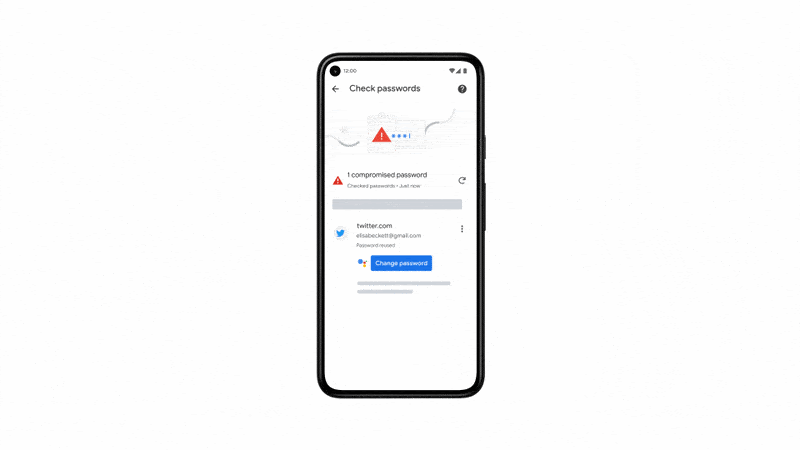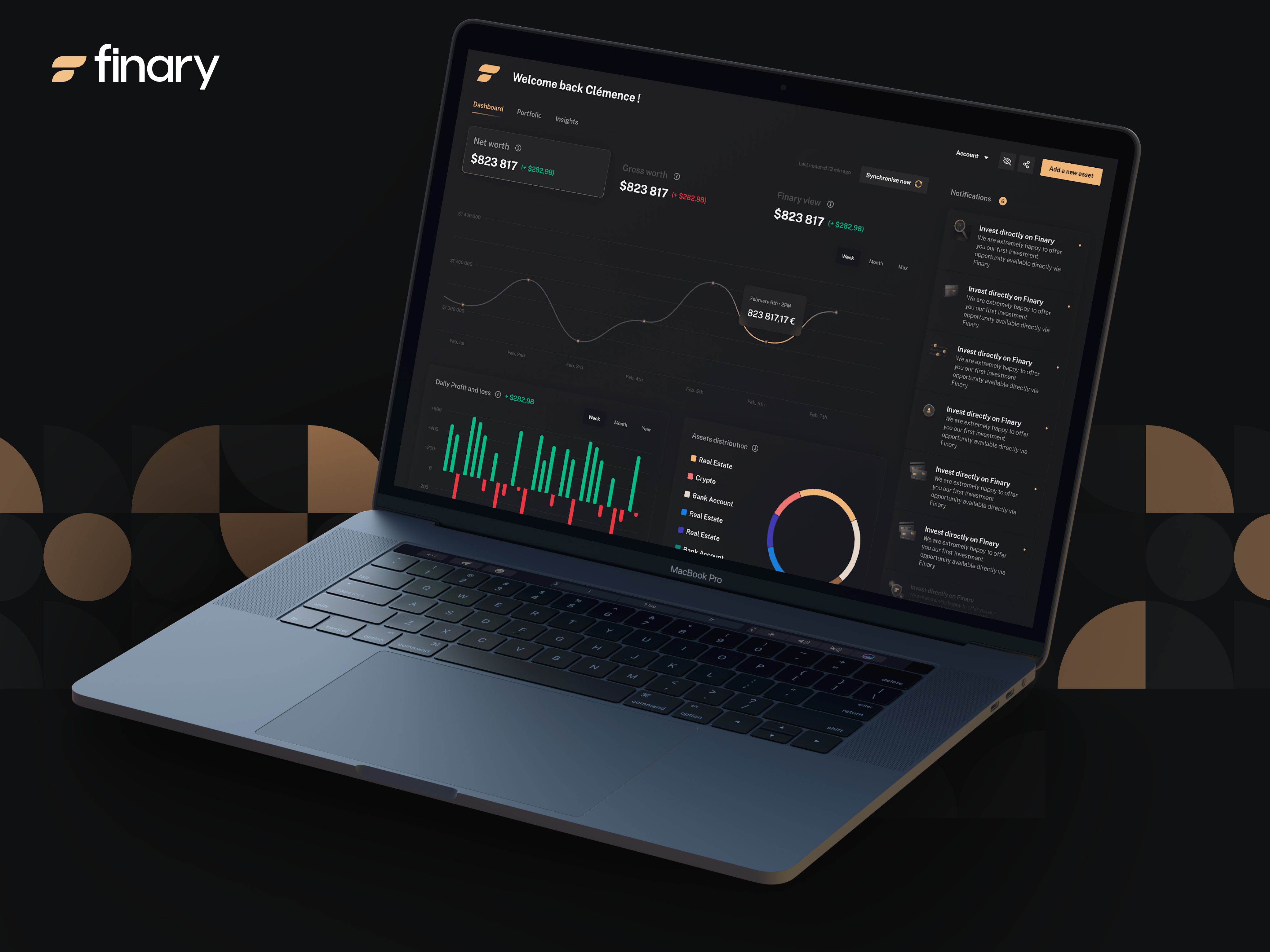News: Win $100,000: Apply to Startup Battlefield at TC Disrupt 2021
You’ve been hard at work building your game-changing startup. Diligent in its care and feeding so that, one day soon, it will grow into the mighty unicorn you envision. If you fit that description, we want you to apply to compete in the Startup Battlefield at TechCrunch Disrupt 2021 on September 21-23. Any early-stage startup
You’ve been hard at work building your game-changing startup. Diligent in its care and feeding so that, one day soon, it will grow into the mighty unicorn you envision. If you fit that description, we want you to apply to compete in the Startup Battlefield at TechCrunch Disrupt 2021 on September 21-23.
Any early-stage startup founder with an MVP — regardless of your category or geographic location — is eligible to apply. But here’s the thing. The window for tossing your hat into the ring is shrinking rapidly. Don’t wait — apply to compete in Startup Battlefield before the window slams shut on May 27 at 11:59 pm (PT).
Let’s run down the list of many benefits that come from competing in the world’s most famous startup launching pad.
Perfect pitch: All competing startups get weeks of free training with the TC Startup Battlefield training squad. You’ll hone your presentations skills, polish your business model and pitch with cool, calm confidence come game day.
Global exposure: An all-virtual Startup Battlefield means that thousands upon thousands of startup influencers, icons, tech media, potential investors, customers, collaborators and developers around the world will tune in to watch this always-epic event. All competitors — win or lose — bask in, and benefit from, this global, equal-opportunity spotlight.
Plenty of perks: Battlefield gladiators are TC Disrupt VIPs. You’ll enjoy lots of complimentary bennies including exhibition space in virtual Startup Alley, event passes, tickets to future TC events, a private reception with members of the Startup Battlefield alumni community, access to the CrunchMatch networking platform and a free subscription to Extra Crunch.
Mucho moola: One startup will rise above the rest to claim the Disrupt Cup, the title of Startup Battlefield Champion and take home $100,000 of equity-free prize money. Ka-ching.
Of course, you’ll make your pitch to, and then answer questions from, panels of expert judges. Who are these mystical beings you need to impress? So far, we’ve announced two, with plenty more to come. We’re thrilled to have both Alexa von Tobel, co-founder and managing partner of Inspired Capital, and Terri Burns, a partner at GV (formerly known as Google Ventures) on board.
Remember those influencers and potential investors we mentioned earlier? We’re talking about folks like Rachael Wilcox, a creative producer at Volvo Cars. Rachel told us that she goes to TechCrunch events to “find new and interesting companies, make new business connections and look for startups with investment potential.” She also shared her thoughts about Startup Battlefield.
“The Startup Battlefield translated easily to the virtual format. You could see the excitement, enthusiasm and possibility of the young founders, and I loved that. You could also ask questions through the chat feature, and you don’t always have time for questions at a live event.”
Your unicorn dreams might be on an early-stage startup budget, but this is a huge opportunity for you to gain global exposure and have a good shot at winning $100,000. Apply to compete in Startup Battlefield at TechCrunch Disrupt 2021 on September 21-23. Don’t wait — we stop accepting applications on May 27 at 11:59 pm (PT).
Is your company interested in sponsoring or exhibiting at Disrupt 2021? Contact our sponsorship sales team by filling out this form.






